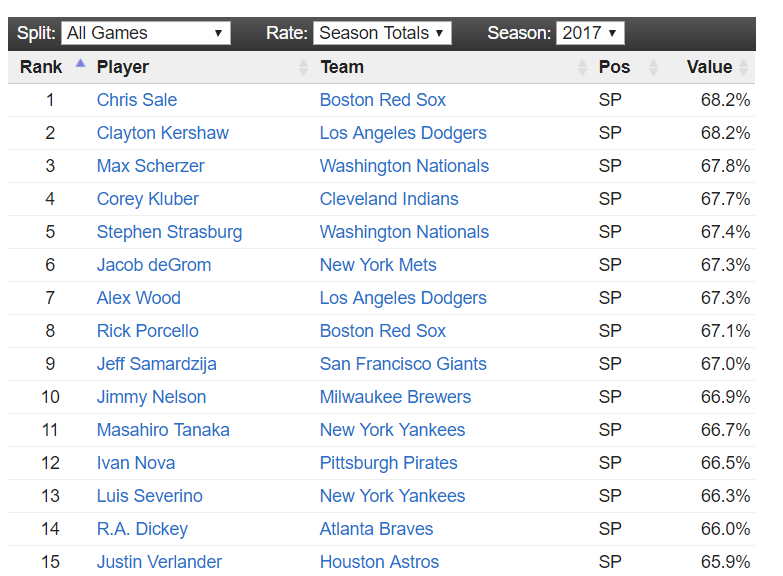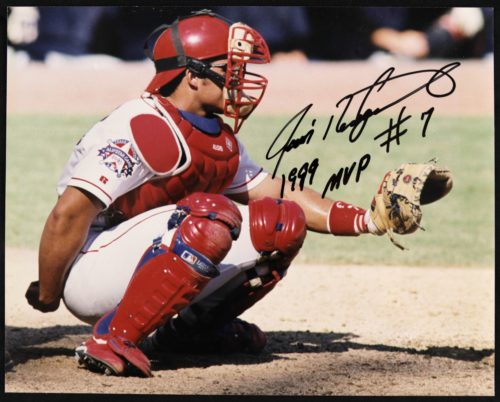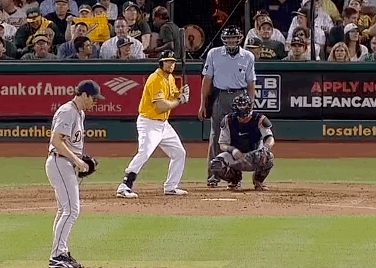I write a lot about hitting because every kid in Little League will get at-bats in every single game while only a couple kids will pitch, but here's one for the players who like to toe the rubber.
Defining, or redefining success, is something I talk about often in lessons and at camp, and the importance of getting in the correct mindset when pitching is no different.
At all levels of the game, but especially in Little League, a pitcher's success should be defined by how many Strikes he throws and not by how many hits he gives up, how many runs the other team scores, or whether he got the "win" or loss" in the game.
Simply put, the only way for a pitcher to help his team get outs is by throwing Strikes.
If a pitcher throws a Strike (or, as we know any Little League, anything close to a "Strike") here are all the good things that can happen:
1) The batter swings and misses (the team just got closer to getting an out).
2) The batter doesn't swing and the umpire calls the pitch a Strike (the team just got closer to getting an out).
3) The batter swings and hits the ball (and now 9 guys on the field can try to get him out).
If a pitcher throws a Ball, here are all the good things that can happen:

Little League defenses will make lots of errors so while your young pitcher might get frustrated that he's throwing strikes and still not getting outs, that will all change as his defense improves over time.
The truth is that the vast majority of outs in baseball come from batted balls. In 2017, the Milwaukee Brewers struck out more often than any other team in baseball at a rate of 9.7 strike outs per game. That means that the other 17 outs, or 65% of all outs the team made, came from batted balls. And they struck out the most of any team in Major League Baseball!
So while your ballplayer might feel like his goal is to strike out everyone he faces, the reality is he should be learning to attack the opposing team's lineup by throwing pitches that challenge their hitters to hit it, and then use his defense to record outs when they do put the ball in play.
As pitchers get older and start having enough command to throw strikes with greater consistency (usually around age 10), they should start focusing on the next stages of their development in the following order:
1 and 2) Throwing 1st pitch strikes. Keeping the ball down in the zone.
3) Learning off-speed pitches
Here are the top 15 MLB pitchers who were best at throwing 1st pitch strikes in 2017. Recognize any of these names?

Here's a shot of arguably the best defensive catcher of all time - Pudge Rodriguez - giving his pitcher a low target:

And finally, in regards to off-speed pitches, Change-ups and Curveballs will be most effective when fastball command is excellent but really shouldn't be introduced into a pitcher's arsenal until he's about 12 year olds with the Change-up being learned first, followed by the Curveball. And even when a pitcher starts to comfortably throw 2 or 3 different types of pitches,his strategy shouldn't change; attack the strike zone early in the count and keep the ball down.
And now, for your viewing pleasure, here's JV buckling some knees with his Curveball.

